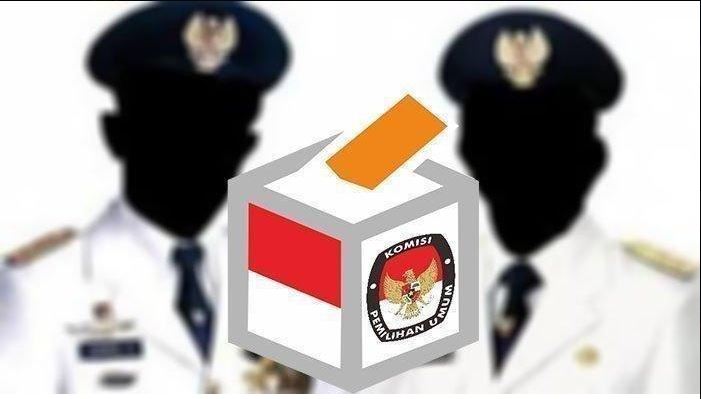
STRATEGIC ASSESSMENT. Charlottesville, VA. Black Lives Matter (BLM) protests have been targeted in particular. Some of the perpetrators of these attacks have been charged with hate crimes. Motive is not always clear, at least initially, although given that BLM protests have frequently been targeted, there is likely a political or ideological agenda at work in some, if not many, of the incidents.
There is also the issue of premeditation, or whether someone acts in the heat of the moment. Some cases have been determined to be genuine accidents. Since late May, there have been several dozen attacks, although as certain incidents continue to be investigated, that number will likely change. Many of the incidents are reminiscent of what occurred in Charlottesville, VA at the ‘Unite the Right’ rally in August 2017, when white nationalist James Fields, Jr. drove his car into a crowd of counter-protestors, killing Heather Heyer and injuring many others.
While vehicle rammings have become a favored tactic of far-right extremists, using a car as a weapon is not new. Palestinian terrorists have used vehicle rammings to conduct terrorist attacks since the late 1980s. A self-described ‘incel’ or involuntary celibate used a van to plow into pedestrians in Toronto, Canada in 2014, killing ten and injuring another 16 people. Vehicle ramming attacks are incredibly difficult to prevent, and since the only requirement for being able to conduct this kind of attack is access to a car or truck, the opportunities are endless.
Several years ago, following a spate of Islamic State-inspired attacks in major cities including London, New York City, Stockholm, and Berlin, law enforcement authorities, together with urban planners and city government officials, began rethinking the use of defensive measures in squares and plazas where large groups of people convened. Protecting soft targets and other densely populated urban spaces has taken on an added sense of urgency with the advent of vehicle rammings.
The Islamic State seized on this tactic and encouraged its followers to take advantage of the ease with which they could kill civilians using this method. IS and its supporters adopted this method because it fit their approach to attacks—anywhere, anytime, using any means available, in accordance with guidance from the organization’s leadership.
Abu Muhammad al Adnani, then the Islamic State’s second-in-command, urged IS followers, when dealing with so-called ‘infidels,’ to ‘smash his head with a rock, or slaughter him with a knife, or run him over with your car.’ The willingness to engage in low-cost, opportunistic attacks was one of the striking differences between the Islamic State and al-Qaeda in terms of modus operandi. IS was just as eager to claim a vehicle attack with a low casualty count as it was a major external operation like the Paris attacks in November 2015 or the Brussels attacks of March 2016. Al-Qaeda, on the contrary, has generally been more discerning and maintained a strong preference for spectacular attacks, never truly content to settle for the lower stakes attacks that kept IS in the headlines month after month for years on end.
The increase in vehicle rammings has generated a new meme popular among far-right extremists, ‘All Lives Splatter,’ in reference to running protesters over with vehicles. The meme, which has caused an uproar after being shared by members of law enforcement and even some lawmakers, is circulated widely as propaganda on white nationalist platforms. Another meme, ‘Run Them Over,’ was widely circulated after the Charlottesville attack. In an effort to push back against the abuse of social media platforms, Twitter recently took action to suspend more than 50 accounts linked to white nationalists, while Facebook shuttered hundreds of accounts linked to the Boogaloo movement.
The proliferation of online propaganda and incitement, often containing vitriol and hate-laced screeds aimed at BLM demonstrators, has combined to form a toxic atmosphere that includes both an online and real-world element. In June, a Richmond-based leader of the Ku Klux Klan (KKK) drove his car through a group of protesters and was subsequently celebrated online by neo-Nazis and white supremacists. As tensions continue to escalate in the lead up to the November 2020 election, there will inevitably be more vehicle ramming attacks. This is a significant challenge for law enforcement, which has to balance the imperative to allow demonstrators the right to assembly and peaceful protest, with keeping confrontations from spiraling out of control and providing physical security to large groups of people gathered in public places (TSC).






